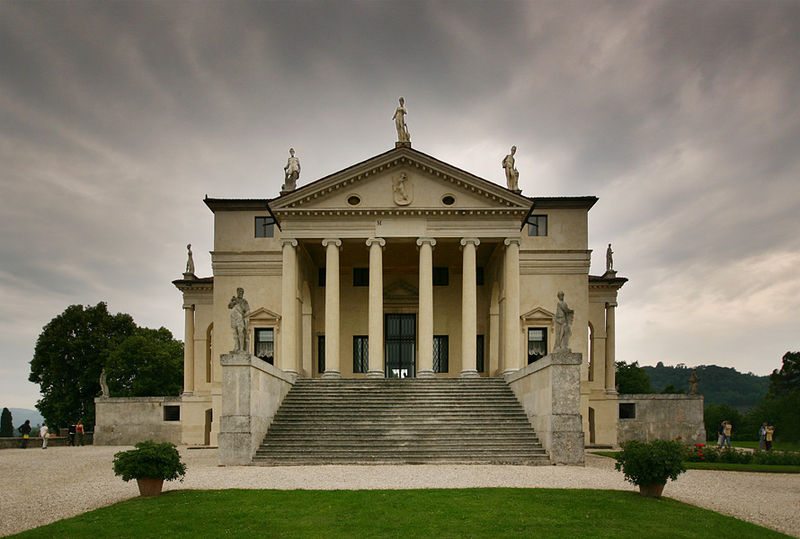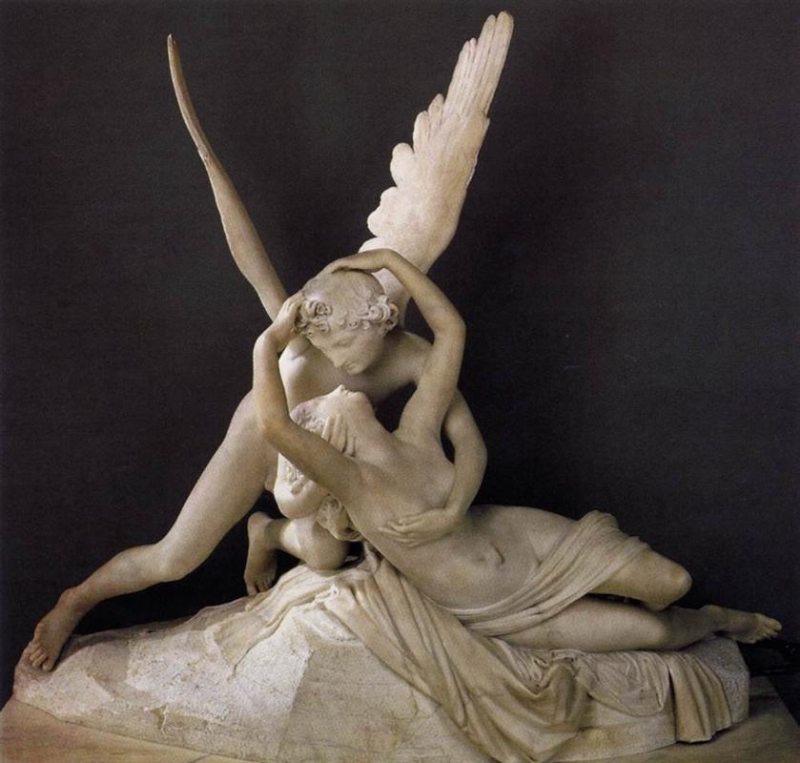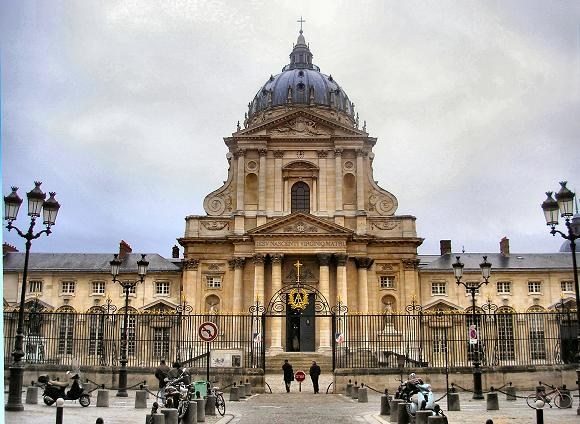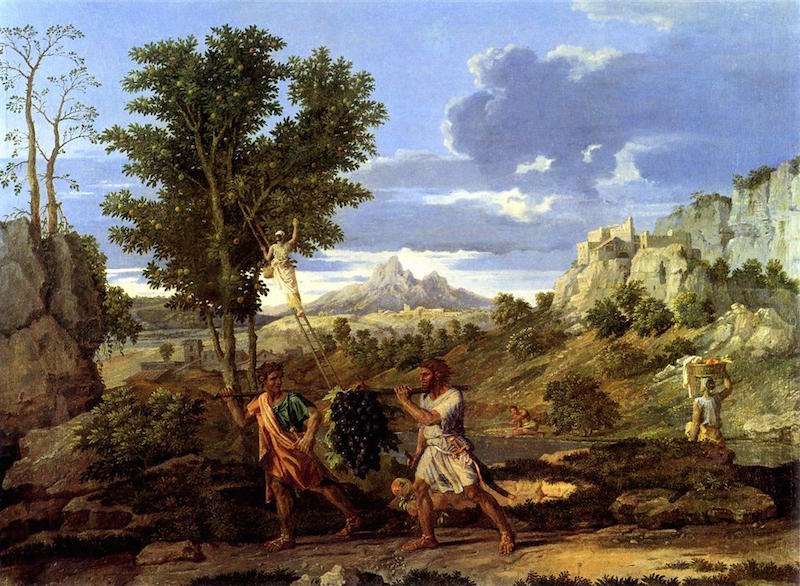Classicism
Episode #4 of the course “Art Movements Throughout European History”
Coinciding with the Baroque period of art in the 17th century, movements toward classicism art revitalized the French and English artists and architects commissioned by aristocrats. This period reintroduced and reinforced the elements of classic art. Greek and Roman art in general tends to make use of straight lines rather than curved ones, and focuses on a sense of proportion and balance created through use of the space on the canvas or in the building’s structure. Classicism architecture tends to incorporate columns and sharp angles, and classicist sculpture is more likely to depict ancient stories, themes, or mythic figures.
 Villa Rotonda, Palladio
Villa Rotonda, Palladio
 Cupid and Psyche, Antonio Canova
Cupid and Psyche, Antonio Canova
While classic revivalist art continued to be the dominant technique in Italy after the Renaissance faded throughout the rest of Europe, France and England experienced a revival of focus on these principles after the experimental style of Baroque painters, who would elongate proportions and make the viewer’s perspective unclear.
The period of classic revival art of 17th century Europe incorporated new mathematics and complex geometric patterns and grids, such as the architecture of François Mansart. His design for the church and chapel at the Val-de-Grâce incorporates an elegant advancement of classical principles with a unique French flair.
 Val-de-Grâce
Val-de-Grâce
His blending of Grecian columns with spiral and curvilinear ornaments blends the emphasis on proportion with an updated sense of movement.
At the same time, this period’s Neo-classical paintings reinforced the desirability of balance, proportion, simple color palettes, and portrayals that were more realistic than ideal. One of the most important painters of this time, Nicolas Poussin, attempted to revitalize and model his interpretations of the strength and importance of classical elements by imitating not only the classical masters themselves, but also by modeling his style like Raphael, the great Renaissance classicist painter.

Autumn (The Spies with the Grapes of the Promised Land), Nicolas Poussin

Et in Arcadia ego, Nicolas Poussin
Share with friends

